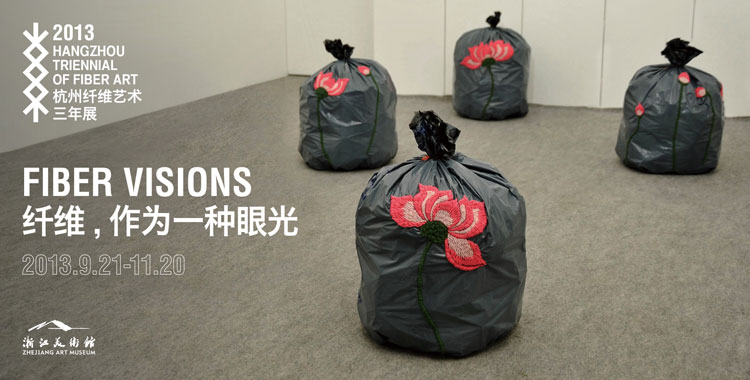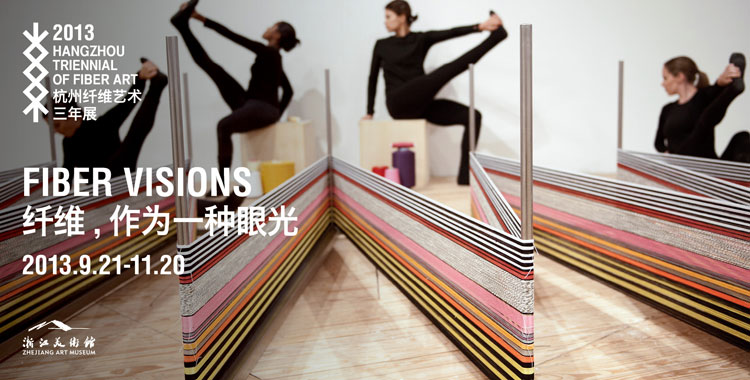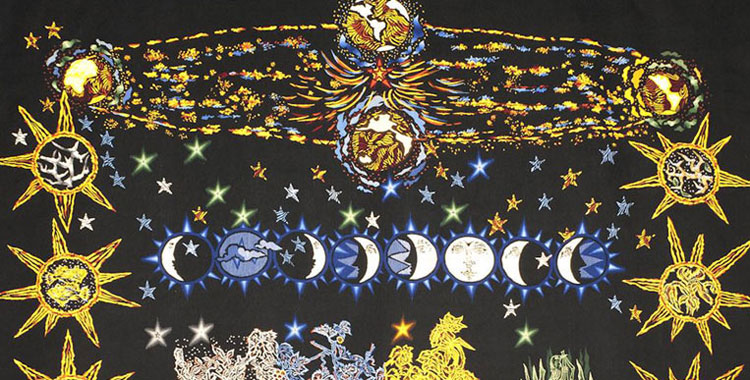Maria Nepomuceno
Born in Rio de Janeiro, Brazil. Lives and works in Rio de Janeiro, Brazil
2006 Daniel Reich Gallery, New York
2007 “A Imagem do Som”, Paço Imperial, Rio de Janeiro, Brazil
2007 Galeria Luisa Strina , curated by Néssia Pope, San Paulo, Brazil
2007 Studio Guenzani, Milan, Italy
2008 Galeria Carminha Macedo, Belo Horizonte, Brazil
2008 Paço das Arte, San Paulo, Brazil
2008 Toyota Museum of Contemporary Art, Nagoya, Japan
2008 Gallery A Gentil Carioca, Rio de Janeiro, Brazil
2009 Gallery A Gentil Carioca, Rio de Janeiro, Brazil
2009 Steve Turner Contemporary Gallery, Los Angeles, USA
2009 Galeria Karsten Greve, Cologne, Germany
2010 Victoria Miro Gallery, London, UK
2010 Magasin 3, Kontshall, Stockholm, Sweden
2010 Touched, Lehmann Maupin Gallery, USA
2012 Tempo para Respirar (Breathing Time), Turner Contemporary, Margate, UK
Maria Nepomuceno’s tactile and highly seductive works deliver waves of visual and conceptual pleasure. Created using traditional Latin American craft techniques, the Brazilian artist’s woven forms made of rope and straw, along with beads and other objects, often in fiesta-bright hues, resonate on a fundamental level. Integral to Nepomuceno’s practice is the notion of the rope as a connecting thread, actual and conceptual, and the act of weaving as a potentially endless process. Deceptively casual in appearance, the works echo structures analogous to forms that surround us on scales ranging from the genetic to the cosmological – from DNA to the galaxies.
For The Force, the work appears to rise from water as if compelled by a cyclonic energy, expanding and spilling over onto the ground. One of the references for this work is Yemanjá, an Orixá (divinity) of the Afro-Brazilian Candomblé religion revered in Brazilian culture as the Queen of the Sea. Personified as a beautiful woman, proud of her feminine vanity, Yemanjá stands for fertility, life cycles and maternity: the sea as the womb of the Earth. As it sprawls, The Force alternates between gentleness, as it balances feminine forms, and aggressiveness, as it appears to drag along a boat found in its path.
Labour intensive and sporting a deliberately handmade quality this is work that points to a sense of dematerialisation in its questioning of omnipresent structures and universal laws. In this, Nepomuceno’s work shares an affinity with that of the poetic neo-concretism of Brazilian artists Lygia Clark and Hélio Oiticica and the ‘soft sculpture’ of post-minimalists like Eva Hesse or Lynda Benglis. Nepomuceno treads lightly in art historical footsteps, however. Engaging with contemporary concerns about space and form, hers is an open, generous art, one that correspondingly often extends beyond the traditional relationship between artwork and viewer.
































